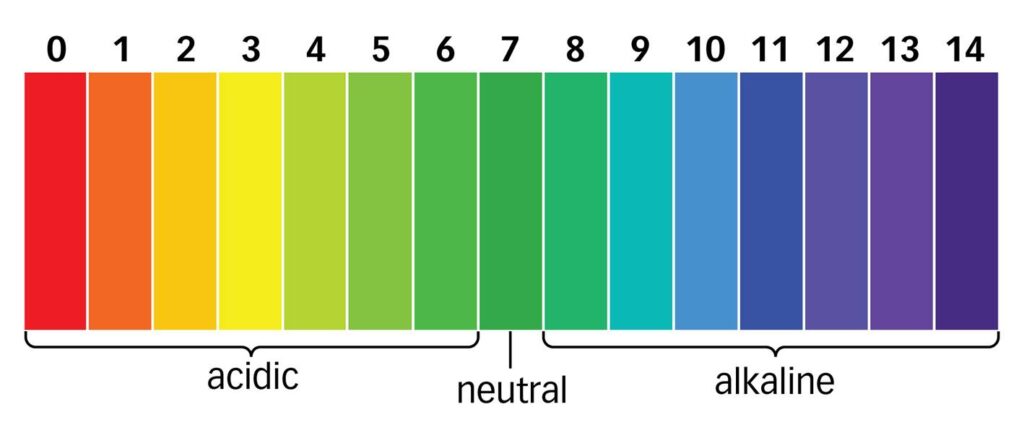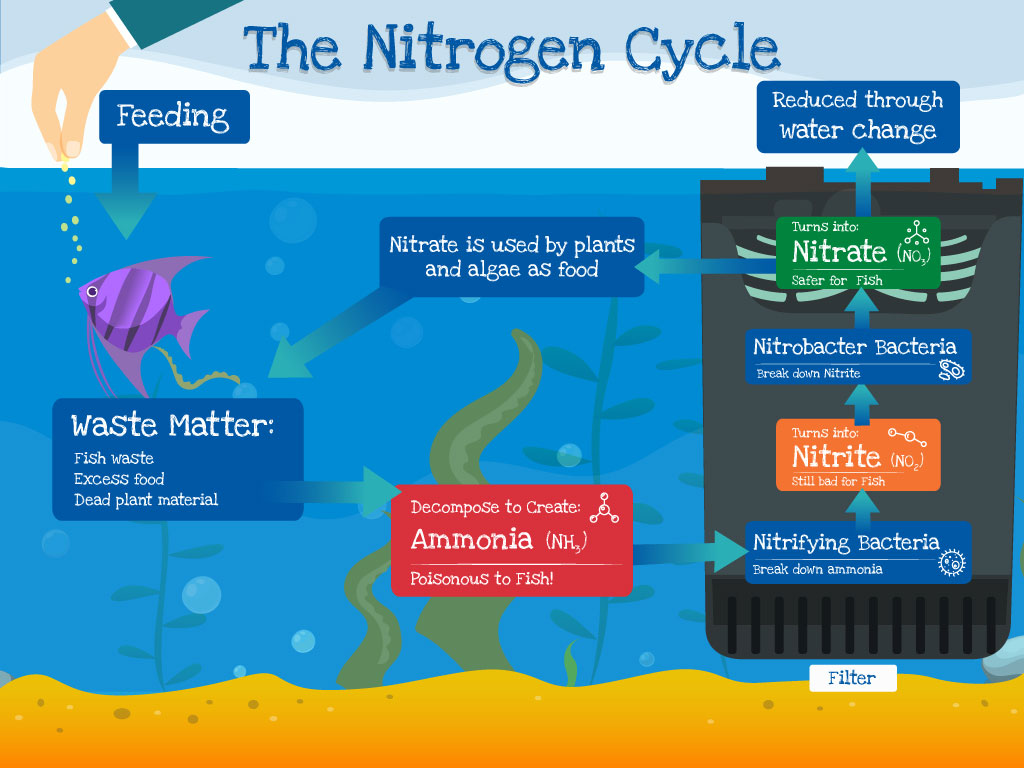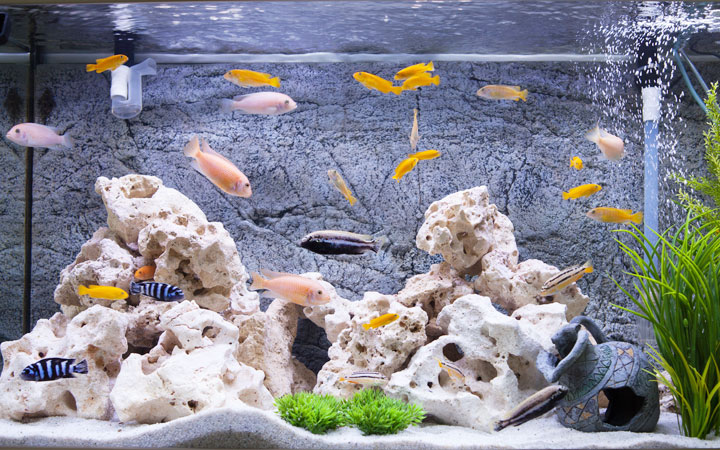To alter the pH of water in an aquarium, you can follow these steps:
- Test the current pH level: Use a pH test kit to measure the current pH level in your aquarium. This will help you determine how much you need to adjust the pH.
- Determine the desired pH level: Different types of fish and aquatic plants thrive in different pH levels. Research the ideal pH range for the species of fish and plants in your aquarium and determine the desired pH level.
- Use pH adjusting chemicals: There are a variety of chemicals available at pet stores that can adjust the pH of aquarium water. Some of the most common ones include pH increaser (sodium carbonate) to raise the pH, and pH decreaser (sodium bisulfate) to lower the pH. Follow the instructions on the package carefully and add the chemicals slowly to avoid overcorrecting the pH.
- Use natural methods: Some natural methods can also help to adjust the pH of aquarium water. Adding driftwood, peat moss, or almond leaves to the aquarium can lower the pH, while crushed coral or limestone can raise it. However, natural methods may not be as precise as using pH adjusting chemicals, so monitor the pH level regularly.
- Monitor the pH level: After adjusting the pH, test the water again after a few hours to make sure the pH has stabilized at the desired level. If necessary, adjust the pH again until it reaches the desired range.
It’s important to note that sudden and drastic changes in pH can be harmful to fish and other aquatic life, so it’s best to adjust the pH gradually over several days or weeks.
![]()




